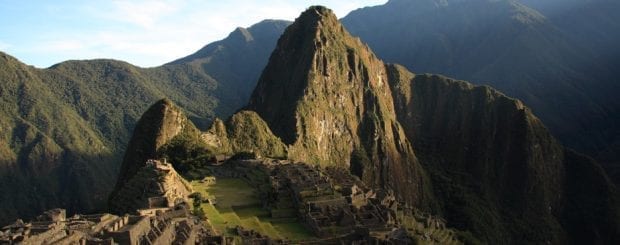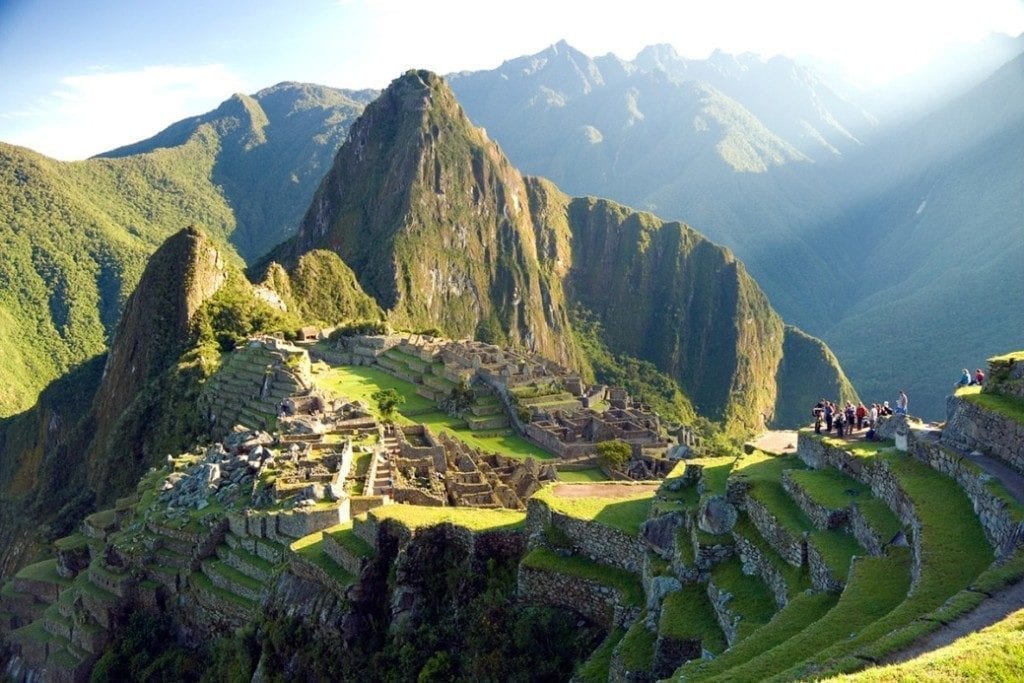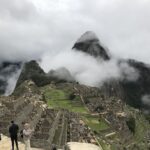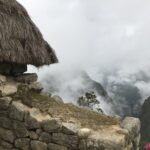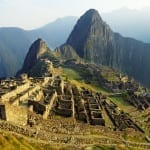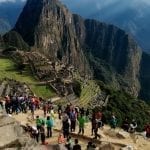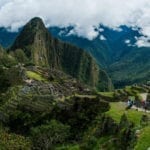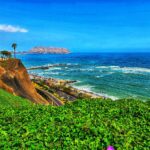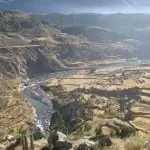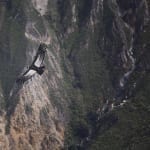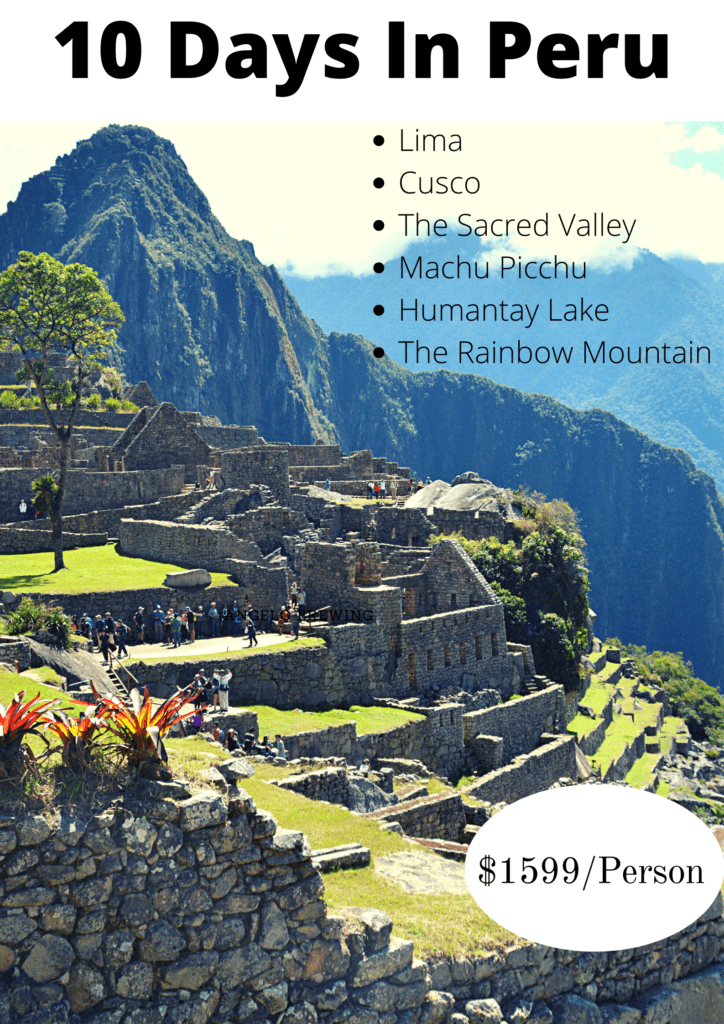10 Things to Know Before You Travel to Peru
James Bustamante is Native to New York but born to Peruvian parents. He has been traveling throughout Latin America since early 2003 and finally made his home in Peru. James has made his way by eating and traveling through almost every country in Central and South America.
Last Updated on April 25, 2023 by James Bustamante
What are some of the most important things to know before you travel to Peru? When planning a trip to a new and exotic destination, one tends to search for a list of some of the more positive aspects of the country you want to visit.
Below is a list of the top 10 things to know before you travel to Peru. We include paperwork, items to have, ideas, and more!
Update Your Passport Before You Travel to Peru

There is always the question of whether you’ll need a visa to travel to Peru. The short answer is no; most foreign citizens do not need a visa to visit. However, there is also the matter of your passport.
One of the first things we mention to any of our travelers before visiting Peru is to ensure they have their passports updated. Your passport should be valid for at least six months after the date of entry into the country.
Imagine booking your dream Peru trip with a Machu Picchu hike, including being told at the airport that you are not allowed to board the plane. Unfortunately, this situation has happened more often than one would think.
For more information about Visa requirements and your passport, you can check the USA State Department website listed below:
Lima Is Worth The Visit
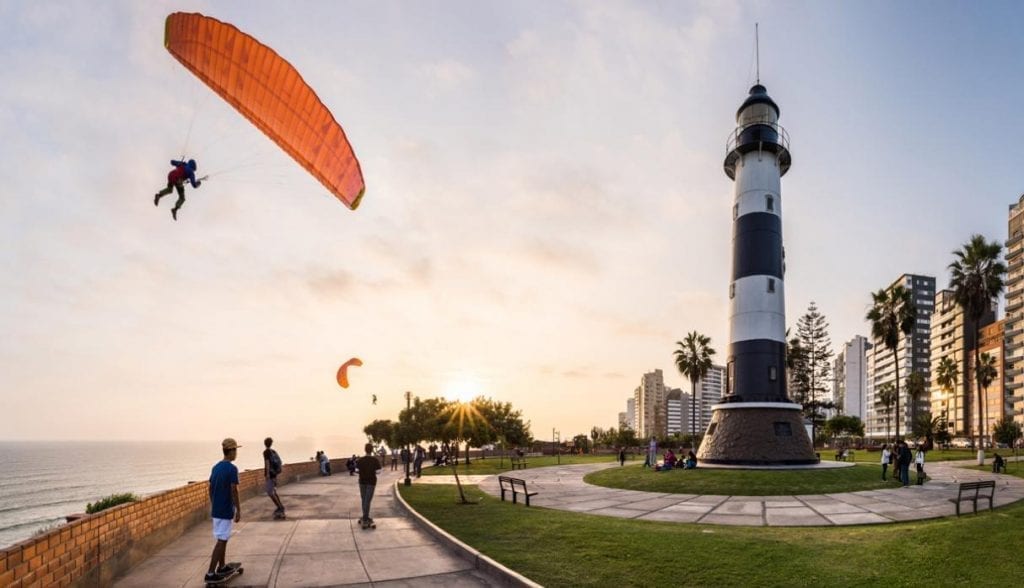
Lima is the capital city of Peru. Unfortunately, many people planning to travel to Peru simply disregard the city and take a connecting flight straight to Cusco, The Amazon, Lake Titicaca, etc.
Skipping this vibrant city ends up being a mistake. Instead, Lima offers various important activities and landmarks that should not be overlooked.
To start, Lima has quite a culinary background. This city breaths food in a way no other South American destination does. Peru won the best culinary destination again in 2023, and Lima has some of the top restaurants in the world.
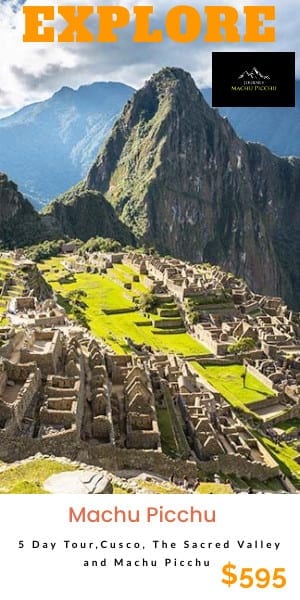
Includes: Accommodations in a Cusco and Aguas Calientes, a Tour of the Sacred Valley, Train tickets, and a Machu Picchu Guided Tour.
Lima doesn’t just have 2 of the world’s top 10 restaurants (Central and Maido). It has fantastic places to eat no matter where you look; and every street corner has something delicious to try.
When you travel to Peru, food should be on your priorities list. While in Lima, you might want to try the following:
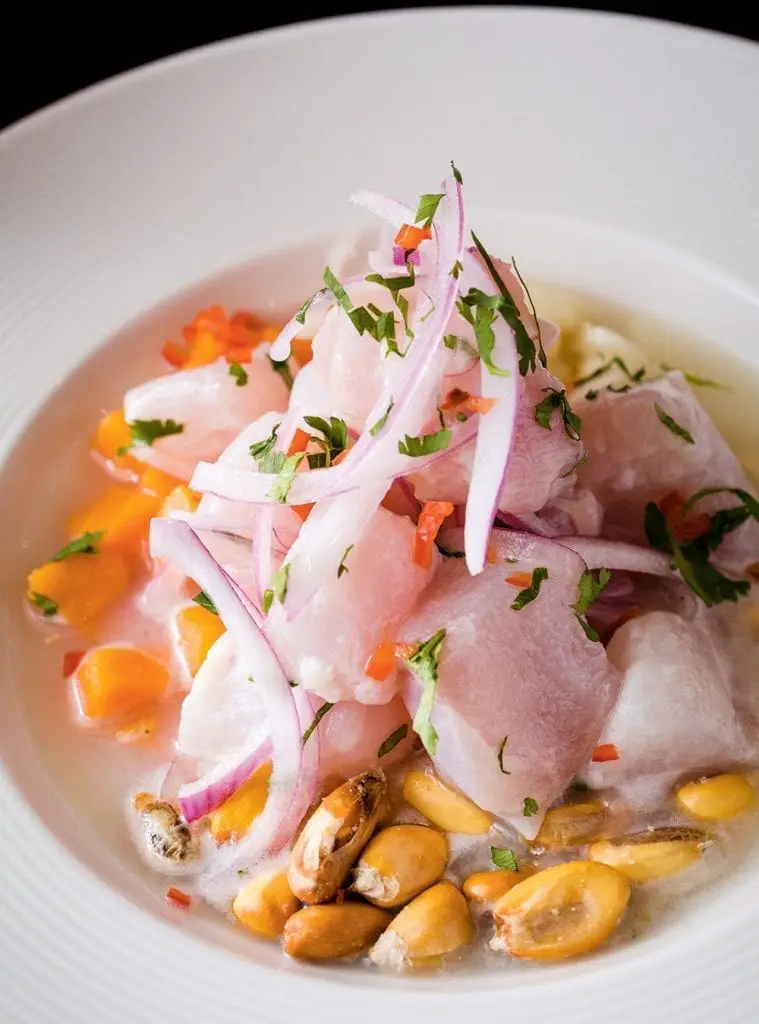
- Lomo Saltado – A Sautéed Beef Dish.
- Aji de Gallina – A chicken and yellow hot pepper-based stew.
- Causa – A Yellow potato dish stuffed with a variety of fillings.
- Ceviche – The Peruvian flagship dish, fish marinated in lime juice.
Check out the impressive cathedrals, churches, and colonial buildings that give much personality to the Lima city center. If you enjoy going out for drinks, the nightlife in Miraflores and Barranco can run to the early hours of the following day. Travelers can also enjoy walking on the beaches at La Costa Verde or taking surfing classes from one of the local instructors.
If you stay for 2-3 days, you should take a trip down south and visit the Paracas nature reserve, ride dune buggies across Sand Dunes in Ica, or fly over the mysterious Nazca lines.
Remember that you will have plenty of activities from Lima to Machu Picchu and destinations in between.
Before Travelling to Peru, Remember the Voltage is Higher Here

In the USA, we have electrical sockets that run at 120 volts; in Peru, the sockets will run at 220 volts.
Yes, this means that if you plug in your electrical device without a voltage converter, it will burn out quite quickly.
The change in voltage can quickly affect something like a hair dryer, curler, straightener, etc., but it should not be an issue for items such as cell phones, laptops, or tablets.
Some of these devices charge faster as well. The downside is that they feel warm while charging.
So when you travel to Peru, remember to charge your devices when needed, and it would be wise to unplug your charger when it’s not in use.
Before You Travel to Peru, Get Travel Insurance
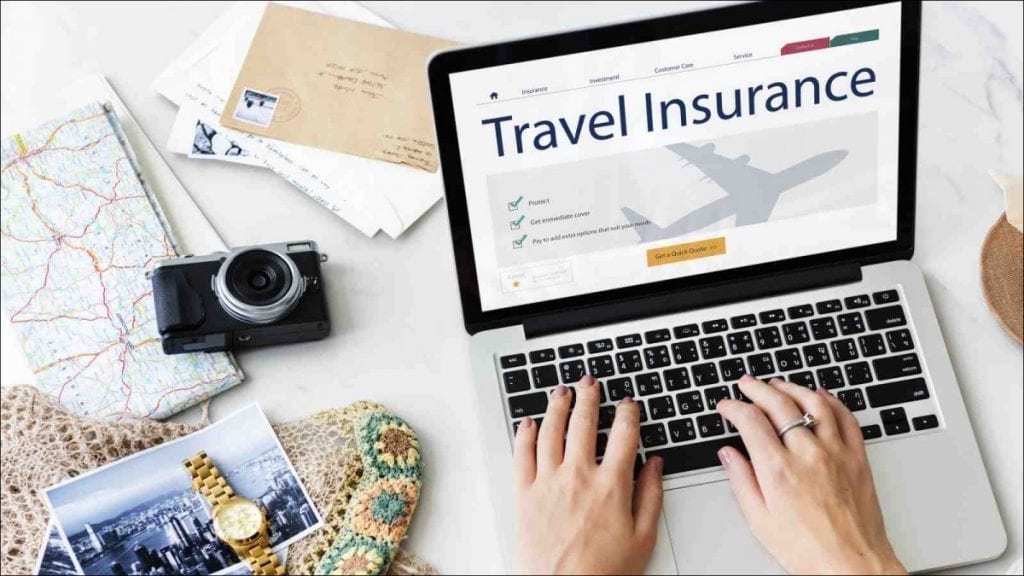
If you plan to travel to Peru or any other country, consider getting travel insurance first.
You never know what happens once you are in a strange new place, and there are many things to consider. For example, travelers can sometimes suffer an upset stomach from the local food if they are not used to Peruvian cuisine. If this happens, thanks to travel insurance, one can quickly see a doctor and get treated. For example, a trip can be canceled due to unforeseen political, weather, or social issues. With travel insurance, your flights, tours, and meals would be covered financially.
You never know if your flights might be canceled due to unforeseen circumstances (Covid-19). If the last three years have taught us anything, a traveler can never be too prepared.
International medical insurance can also be handy if you twist an ankle taking the Salkantay before your Machu Picchu tour.
Pricing for a doctor’s visit can range from the very affordable $20 to several hundred, depending on the emergency.
When you purchase travel or international medical insurance, remember to read the fine print and ensure you are covered for the issues that are more likely to arise.
As a side note, we always have a doctor on standby if our guests have minor issues like elevation sickness or a stomach bug.
Before You Travel to Peru, Visit your Doctor and Pharmacist
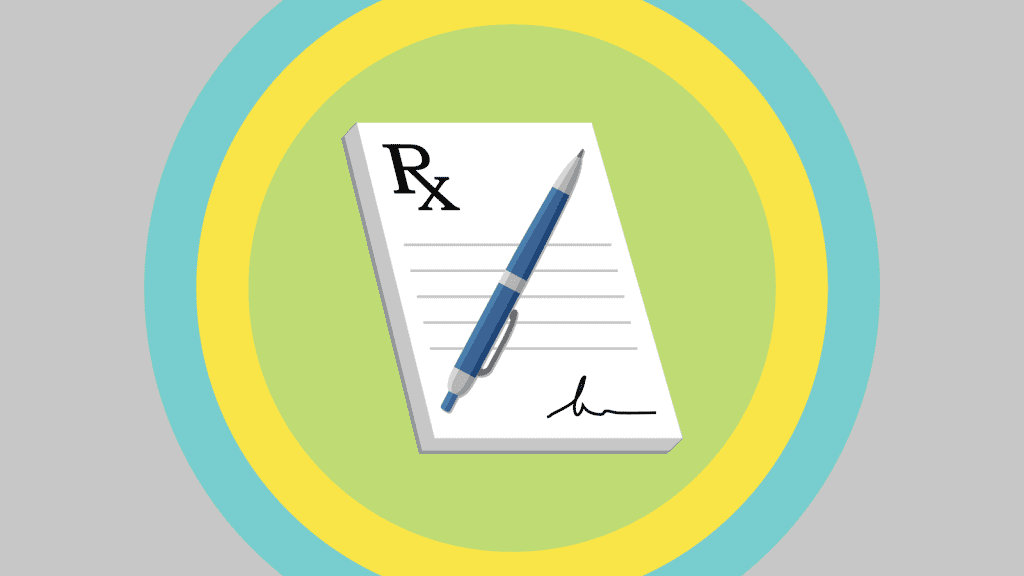
Before you travel to Peru, make sure to visit your medical specialist first. If you visit Lima in the winter months, you’ll find yourself in a very humid climate, sometimes up to 95% humidity. The high humidity in the air might make people with allergies uncomfortable during their stay in Lima.
If you need a refill, Peruvian drug stores will have all the necessary medications, but they might be under different names and brands, so having a prescription with the chemical name will help.
No specific vaccinations are required to enter Peru at this time, but that can change depending on the WHO.
A yellow fever shot might be a good idea when traveling to the Amazon rainforest. It is highly unlikely to get sick, but it is a good idea always to plan ahead and cover all the bases.
Additional Details: If you plan on visiting Brazil after Peru, a yellow fever shot will be required to enter Brazilian territory.
You or someone in your group will likely have elevation sickness at some point during your time in Cusco. Therefore, stocking up on altitude sickness medication might be good before traveling to Peru. Your doctor should be able to prescribe something in case the elevation sickness is too much to bear for the first 24 hours in Cusco.
You can also find various types of remedies and medicine for the elevation all over Cusco (There is an entire industry), but it’s always better to travel prepared. Peru is an exotic destination with various climates and geographies. Elevation sickness, high humidity on the coast, and extreme heat in the Amazon are just part of the trip.
For more information on vaccinations or what they suggest before you travel to Peru, you can check out the CDC’s website below:
https://wwwnc.cdc.gov/travel/destinations/traveler/none/peru
Before You Travel to Peru, Know the Best Season
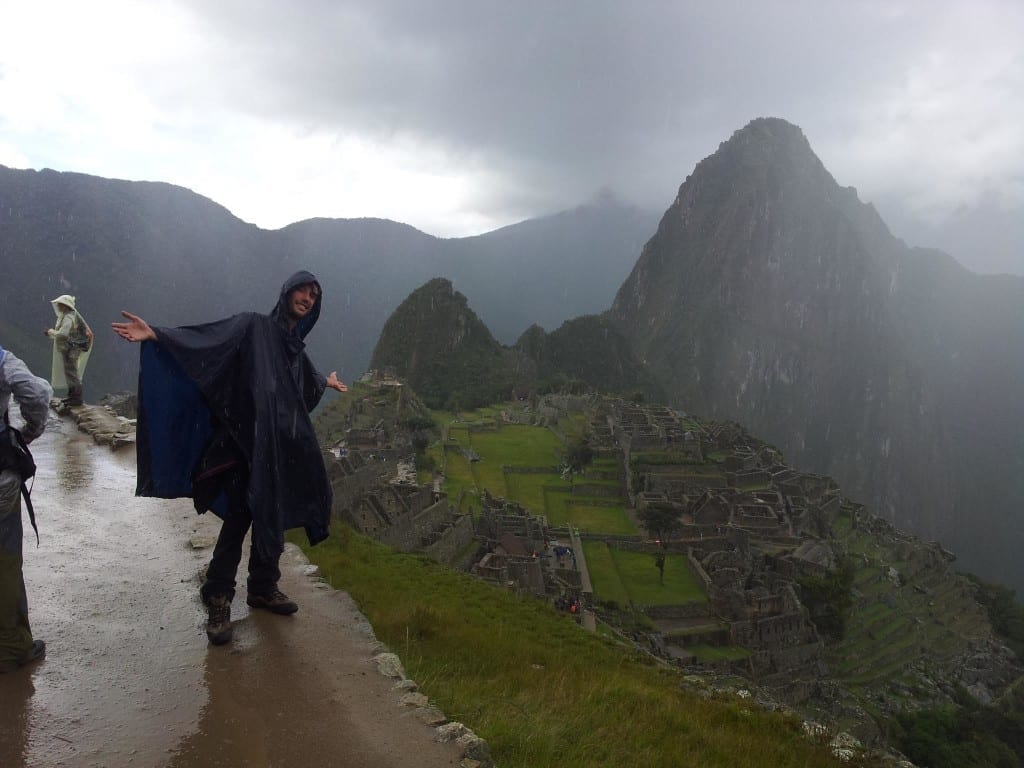
The weather in Peru is split into two seasons and some fluctuations in between. There are three regions in the country, and they all have a variety of climates. However, for the most part, you can think of Peru as having a wet and a dry season (except in Lima).
Choosing one particular month of the year might give you a fantastic climate in one destination, while it might be the rainy season in another one. This is the case with Lima and Machu Picchu. During the hot summer months in Lima, Cusco and the Inca Citadel go through the rainiest months of the year.
Lima, for example, will commonly have a cold and humid winter where you won’t see much sun from June to as late in the year as November.
Once we enter mid-December, you’ll start seeing rays of light coming in through the grey sky, and once into January, it will be hot.
The Lima summer will last until May, and as I mentioned, it gets hot, and the sun’s rays are powerful here. Remember, Peru is very close to the equator, so UV rays become a very real thing to look out for.
This is entirely different for places like Cusco and Machu Picchu, though. The climate will be warm from December to mid-February, and there will be several days when it is rainy.
That’s not to say there won’t be blue Andean skies as well, but since this is the rainy season in the highlands you’ll get plenty of rain.
The dry season will range from April – early October. The climate is dry, and it will be very sunny. The weather is so dry that you’ll need lip balm or chapstick during your stay.
The elevation also plays a role in burning your face and chapping your lips. We’re so high up that you are most likely getting burned even if it does not feel warm.
Cusco is over 12,000 feet (3399 meters above sea level), so precautions are always necessary.
We always suggest that you choose dates between April and November when you travel to Peru.
That way, you get some great coastal weather, and you won’t have to worry about the rains in the Andes. Remember that May – July is the busiest and there will be plenty of tourists.
Make Sure to Understand Peruvian Currency and Currency Exchange

Before you travel to Peru, get acquainted with the local coin, The Peruvian Sol (Nuevos Soles Peruanos S/). The American dollar is widely accepted in Peru. You can visit a drug store, supermarket, restaurant, or grocery store with US currency. However, what happens if you want to buy a water bottle from a small “bodega” or if you want to tip the waiter in a restaurant? You’ll need some local currency to get through some basic daily tasks.
It might also be problematic to exchange currency in different locations because each place might want to give you a different rate.
You can lose quite a bit of money doing it this way. Therefore, we suggest exchanging a few hundred dollars worth of currency at a time at money exchange shops at the airport or certified currency exchange houses throughout Lima. You can also go to any bank to exchange currency. The downside is that the rate will be lower than you would receive at a currency exchange shop.
When writing this article, the US dollar is at $1 to 3.80 Peruvian Soles, but this changes daily.
Below we’ve added a currency calculator to check the rate before you travel to Peru.
Currency Calculator
When you make a Machu Picchu reservation with us, we send a pdf with information that includes reliable currency exchange houses near your hotel in Lima, Cusco, Machu Picchu, and any other destination in Peru.
Ask Before Taking Photos of Local People

Imagine this scenario, you travel to Peru, fly into Cusco, check in at your hotel, and off you go to walk around the city.
You run into a group of locals wearing traditional clothes, walking around with a baby llama, and just want to snap a picture for Instagram. It sounds pretty cool, right?
Well, not so much, at least not to the locals. Imagine if this scenario was reversed and a group of strangers started taking pictures of you. Some locals dress in local highland garments because it is how they have always dressed. They raise llamas and alpacas and might be in town to trade or shop for supplies. These types of locals will probably be those who prefer to avoid having their pictures taken.
Another set of locals dress up to take pictures with tourists. These locals will be happy to let tourists take photographs but expect to be paid for their time. They live from the money they make, taking pictures with tourists and whatever tips they receive.
It’s best to wait, ask if it’s ok, and, assuming they agree, give them a few bucks. Remember that sometimes it’ll be a group of locals, and each one might want to get paid for the picture. Since this is a common practice, it is again best to ask and see if they will charge you for the opportunity to take their picture.
Don’t worry; they share the wealth, so giving one a few dollars is the same as giving it to the entire group.
When You Travel to Peru, Do not Forget to Tip
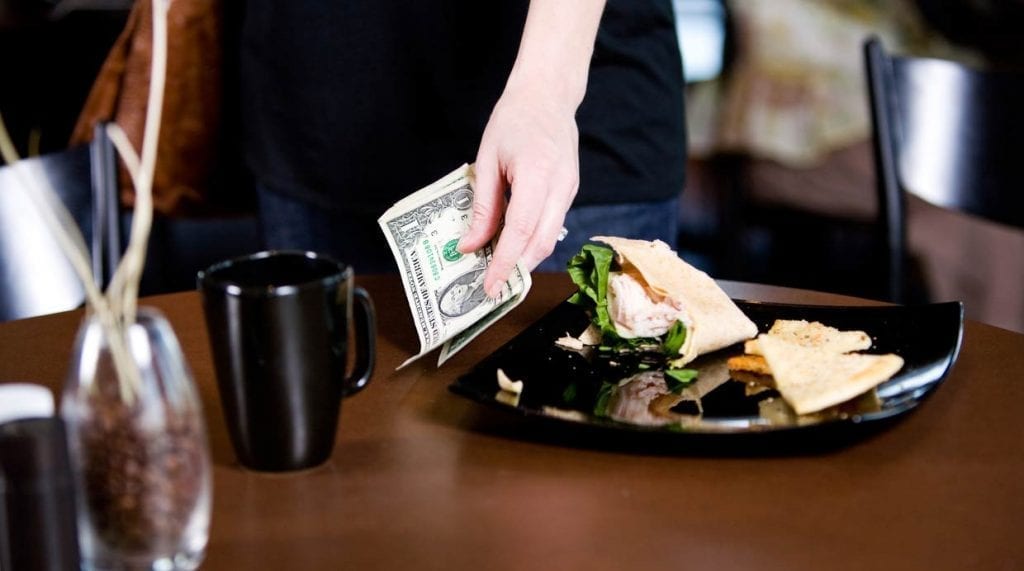
Tipping is a common practice in South America. Peru is one of those countries where a guide, waiter, and even delivery man will appreciate a tip.
In some countries, this is not the norm, and it can be somewhat offensive; this is definitely not the case anywhere in Peru, be it Lima, Cusco, Machu Picchu, or even the Amazon.
There is no set percentage for a tip; it’s more of a symbolic gesture. Some people prefer to flat out leave 10-15%, though.
If you eat at an inexpensive restaurant, leave a few soles for the waiter; if you eat at an expensive one, you’ll probably want to leave a bit more.
Again this is a symbolic gesture, so don’t stress too much about percentages to tip. However, if the service is exceptional, throw in something extra. The locals will appreciate it.
When You Travel to Machu Picchu, Arrive a Day Early

When you travel to Peru, you want to reach Machu Picchu eventually. So now we’ve finally got the part of the Peru tour package where you will finally visit the stone city of the Inca.
The best possible itinerary is to arrive early in the small town of Aguas Calientes, located at the very bottom of Machu Picchu, stay overnight, and head up to the Inca site the following morning.
A fun activity for the day before at Aguas Calientes might be to visit the local hot springs.
They are at most 10-15 minutes walking distance from basically anywhere in town (Aguas Calientes is very small).
Afterward, enjoy a nice lunch or dinner at the local restaurants and enjoy this fantastic location found in the cloud forest.
Most travelers want to have a photograph of the sun rising over the Andes from Machu Picchu.
Travelers will have the best chance to get this photograph if they travel between April – August. The time of the day for this shot is early in the morning, so try boarding the 5:30 am shuttle up to Machu Picchu to be able to enter the complex at the 6 am shift.
After the Machu Picchu guided tour that will take around 2.5 hours, you can experience Machu Picchu on your own or go for one of the additional hikes, like Huayna Picchu.
Frequently Asked Questions About Travelling to Peru
When I travel to Peru, will I be able to find accommodations?
The short answer is yes. It is preferable for you to secure accommodations before traveling to Peru.
Will I be Safe Traveling to Peru?
Yes. Peru is a very safe place to visit. As with any destination, there are some places that might not be the safest for a tourist. It’s always best to stay within the areas approved by our guides.
Where should I stay in Lima when I travel to Peru?
The best places to stay while in Lima are the districts of Miraflores or Barranco, thanks to their proximity to the local sights, the airport, restaurants, and shopping centers.
Can I buy a cell phone charger when I travel to Peru?
Yes. You can find shops that will replace your cell phone charge all over Lima and Cusco.
Will a driver be waiting for me at the airport if I book my trip with Journey Machu Picchu?
Yes. If you booked a Peru trip with us, we will have a driver waiting for you at the airport waiting to help you with your bags and take you to your hotel.
When I travel to Peru, will I find a taxi at the airport to take me to my hotel?
Yes. There are several taxi services at the airport; if you have not booked with us, we suggest hiring one instead of taking a taxi outside the airport. The cost should be around $20 to Miraflores or Barranco.
